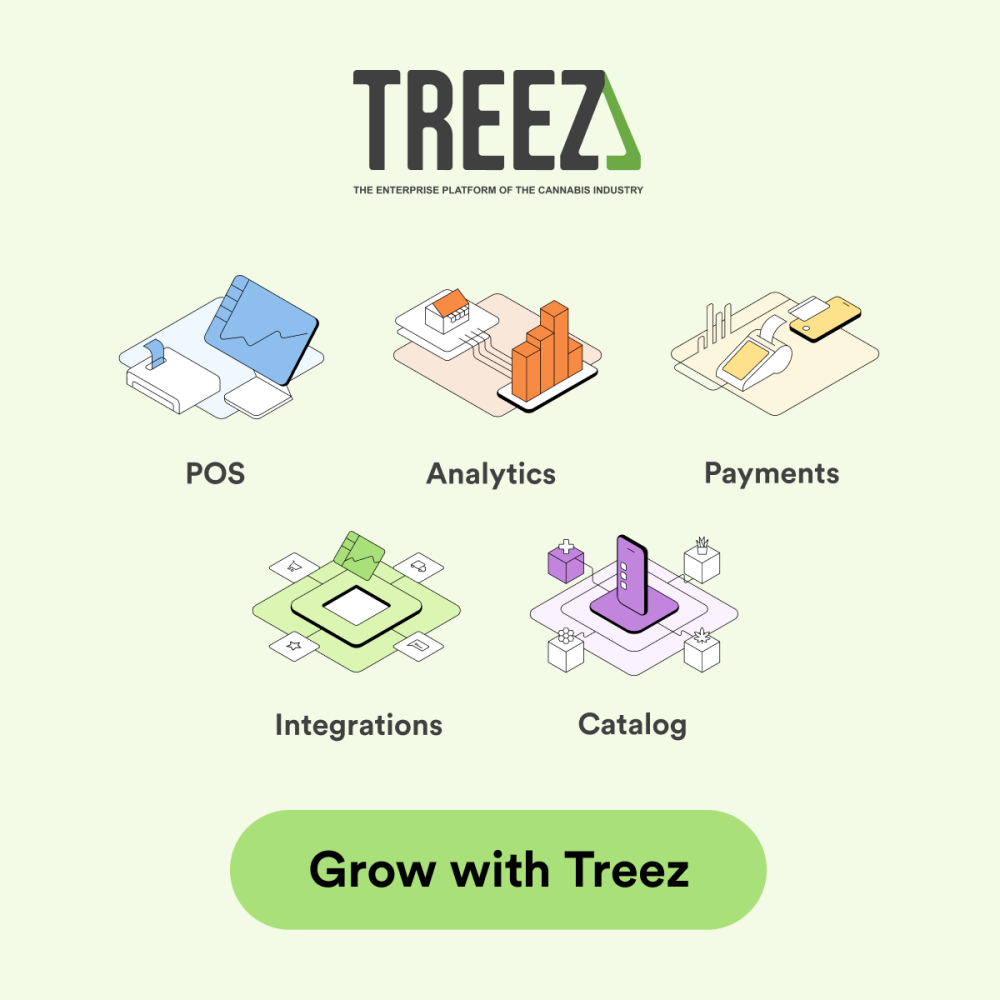There’s a real shift happening in music right now. Not the generic AI headlines or the doom-scroll panic about robots replacing artists, but something much more grounded. A handful of companies are building tools that genuinely support musicians, and Songscription is one of the few that feels like it’s solving a real problem that artists, producers, educators, and instrumentalists deal with every single day.
At its core, Songscription is developing AI models that turn any audio recording into usable music notation. We’re talking accurate sheet music, tabs, and MIDI for everything from piano and guitar to violin, flute, bass, and trumpet.
That means the moment of inspiration from a late-night jam session or a melody humming in your head can be captured, transcribed, and shared instantly. It also means that a fan in Brazil, a student in New York, or a bandmate across the world can learn a song without waiting for someone to upload a sketchy tab or an unofficial arrangement.
This is what real music-tech innovation looks like: solving a problem musicians have been dealing with forever.
A music learning tool built for real musicians
What makes Songscription interesting is how simple the actual workflow is. Users upload an audio file, and the system returns notation and a piano-roll style MIDI breakdown that reflects the performance closely enough to practice, learn, arrange, or reimagine the piece. For instrumentalists trying to learn a song that never had official sheet music, this is massive. For producers looking to analyze a chord progression, for educators trying to help students visualize harmony, or for session players hitting a deadline, it’s even bigger.
The platform is already being used across 150 countries and has brought in more than 150,000 people tapping into automated transcription as part of their daily learning or creative process. That traction didn’t come from hype. It came from musicians discovering a tool that helps them work faster, capture their ideas, and learn songs without the usual dead ends.
Expanding instruments, arranging tools, and real performance feedback
Songscription recently raised a $5M round led by Reach Capital. The number isn’t the story. The impact is. The funding is going directly toward expanding instrument support, enabling more notation formats, and developing automatic arrangement features that adapt difficulty levels for beginners, intermediate players, or advanced musicians.
The long-term vision goes even further: an interactive learning application that provides real-time performance feedback. Think guitarist learning a solo with instant correction, or a pianist practicing voicings while the system tracks timing, accuracy, and fluidity. Instead of watching endless YouTube tutorials and hoping someone broke down the right version of a song, musicians would have a personalized learning companion built into the transcription engine itself.
This is where the raise actually matters. It fuels a world where anyone can learn any song on any instrument, without waiting for the internet to catch up.
Ethical data, responsible machine learning, and real partnerships
Where a lot of AI companies cut corners with datasets, Songscription is doing it differently. Their models are trained with public-domain content, direct partnerships with artists and music businesses, and increasingly with global music publishers. Advisory voices like Elizabeth Moody from Granderson Des Rochers have emphasized how closely the company works with the industry to build something that respects rights, licenses, and creative ownership.
That’s important. The future of music AI isn’t just technical accuracy. It’s transparency, attribution, licensing, and making sure creators benefit when their work trains the next generation of tools. Songscription isn’t trying to dodge that. They’re addressing it upfront.
Capturing ideas instantly and helping creators stay creative
Musicians know the feeling: a riff comes out of nowhere. A melody clicks into place. A band jam session hits a pocket that feels untouchable. And then it’s gone. Unless you recorded it, unless you had time to write it out, unless someone took notes.
This is exactly where Songscription becomes more than a transcription tool. It becomes part of the creative workflow. The company’s advisors, including former Guns N’ Roses guitarist Ron “Bumblefoot” Thal, have talked openly about how even professional musicians lose track of what they played years ago. The ability to upload an audio clip and instantly generate accurate notation is a lifesaver.
For songwriters, it helps capture ideas. For educators, it helps build teaching material in seconds. For producers, it helps break down complex harmonies and arrangements. For bands, it becomes the connective tissue for collaboration.
What Songscription represents for the future
The reason Songscription resonates is because it takes something musicians already do, and makes it faster, more accessible, and more accurate. It supports creativity instead of replacing it. It respects the rights of artists instead of scraping the internet blindly. And it connects fans, learners, and professionals with the tools they need to understand and play music in a deeper way.
This is the type of technology that sticks around because it solves real problems for real people. It helps a kid learn their favorite guitar solo. It helps a producer isolate a bassline they’ve always loved. It helps a songwriter turn half-finished ideas into playable compositions. It helps educators move past outdated methods. It helps bands collaborate without friction.
And most importantly, it sets the stage for a future where music learning is universal, immediate, accurate, and accessible for everyone.
If you care about the intersection of music, tech, education, and creative freedom, keep an eye on Songscription. They’re building something musicians have needed for a long time.
For more information, visit the official Songscription website here, and sign up for our newsletter at RespectMyRegion.com.







